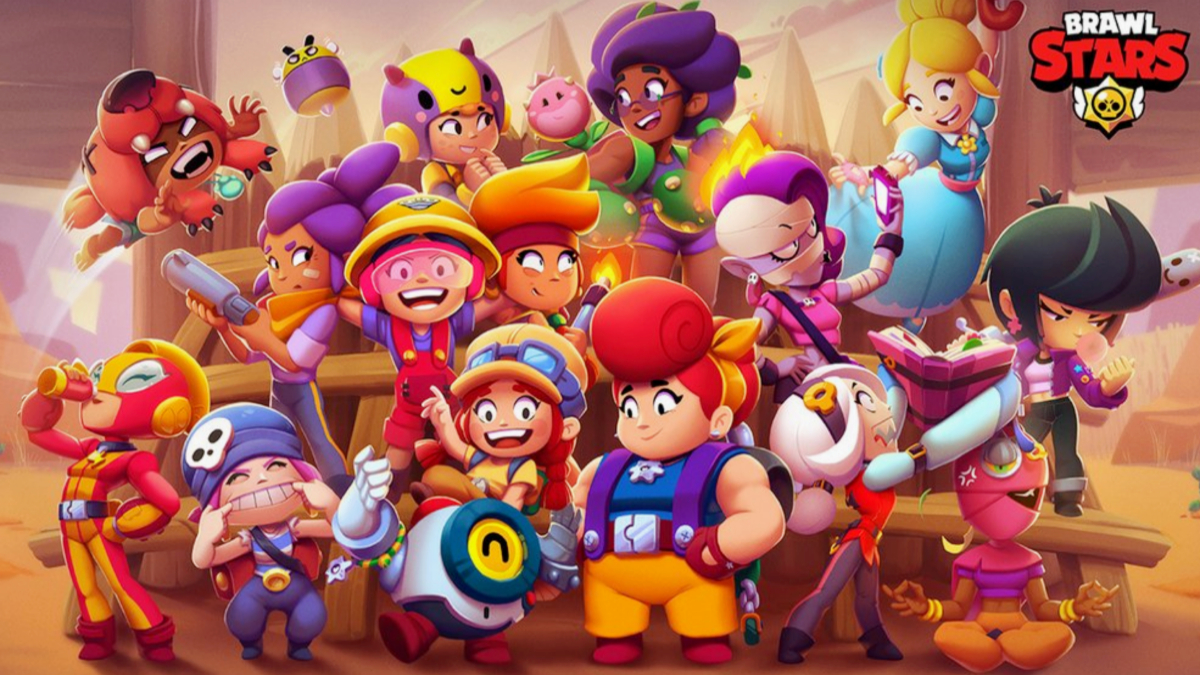Dontnod Entertainment, known for the Life Is Strange series, is well-regarded for their captivating stories and characters who are both tragic and believable. I was never particularly drawn to Life is Strange‘s investigatory gameplay and time-rewinding mechanics, but I knew the narrative was what drew people in. Vampyr sees the studio trying their hand at both the writitng and characters they’re known for along with action-oriented gameplay which, at a glance, is very reminiscent of Bloodborne. Basically Van-Helsing: check. Lots of blood and blood-related mechanics: check. Fluid, responsive combat: not check.
Vampyr sees the player in control of a healer-turned-horror, Dr. Jonathan Reid, as he tries to unravel the mystery of his assailant and newfound vampiric abilities. His motivations are reasonable, and he’s well-written enough to convey some empathy, if a little milquetoast. The irony of a doctor that must feed on the living to sustain himself is waxed on thick, but since you’ll be spending a large portion of your time in and around Pembroke hospital, it’s unavoidable.
From the title screen, I was in love with the appearance of Vampyr. The graphics are about what you’d expect, but the art design and lighting are wonderfully handled. Thick cello strings waft through the air as you walk the streets of London, coat blowing in the wind. The atmosphere heavy, and there are some standout moments visually speaking. The map is designed in a way that’s mundane but serviceable and easy enough to navigate. Rather than a large open world, Vampyr‘s map is basically a collection of large hallways and buildings. It isn’t more than it needs to be, but it isn’t going to win any awards for level design, either.

So how’s the story? The narrative thread, which should be the strongest part of the game, feels disjointed at times. There are several leaps of logic where Johnathan will either believe or deduce something that the player couldn’t possibly be expected to buy into. I won’t go too far into examples of this, but it felt at times as though the narrative was pulling me along by the nose rather than having me do any serious detective work. On top of this, Dr. Reid is a completely reactionary protagonist, meaning your dialogue choices often don’t hold any real weight. The dreaded illusion of choice is sometimes presented, but in the end he’s saying the same thing with slightly altered tones. The game also blatantly wastes some opportunities to give the player a real, obvious choice, only for it to be made for them in a cutscene.
While I’m on a bit of a rant, I might as well mention the combat. You look at it, and you say to yourself, “Yeah, that’s pretty much Bloodborne.” It has the exact same perspective and dodging mechanics; it even has the little white dot that signifies lock-on. Imagine someone recreating the Mona Lisa almost perfectly, and from a distance it looks really great. You take a few steps closer and realize it’s done in Crayola crayons. So you take few steps more, and to your horror, it’s RoseArt.
The combat feels stiff, and at the worst of times broken and easily exploited. Familiar enemies appear at the most inopportune times, ruining the pacing of the story and generally just getting in the way. Bosses have health pools the size of the Great Lakes, leading to tedium rather than challenge. Usually you’re fighting the same two or three enemy types, with attack patterns and designs so indistinguishable they might as well be fodder. The combat isn’t hard, as even bosses can basically be cheesed with some patience, but it can wear on the nerves with its banality. I found myself longing for Life is Strange for the exact reason I avoided it: I didn’t want all this gameplay.

If you really want a way to shortcut the combat, Vampyr features a very interesting system for leveling up. When you meet a new individual, they have “hints” associated with their character. Elucidating these by talking to them and others in their social circle, increases their “Blood Level,” meaning they give more XP if killed. It’s completely illogical, but it’s fun, so I don’t care. If you decide you hate someone enough to straight up murder them for some XP, you can hold off and learn more about them. Curing people of disease is another way to increase Blood Level, a cruel mechanic that injects some sweet irony into the slaughter. When you’re good and ready to collect XP from your living bank, Dr. Reid can mesmerize them, leading them into the shadows before quaffing their essence. It’s a tense, gripping sequence that pays off exactly like it should, and I loved it.
These choices are the ones in the game that truly do matter. Choosing who to feed on or not can be a quandary, and making sure they’re ready so you maximize your XP gains is essential. The way these choices impact the district become glaringly obvious; I only wish there was an alternative to becoming more powerful. But alas, that’s what makes this system special: its a necessity to see things through to the end. Unfortunately, the game starts throwing ridiculously overpowered enemies at the player towards the last act in a last-ditch effort to persuade even the most adamant of pacifists. It feels frustrating and unfair, but it does nearly force the use of the game’s main system.
To wrap things up I need to be candid regarding the game’s technical performance. Playing on a PlayStation 4 Pro, Vampyr absolutely chugged along, with frame drops consistently to what felt like the low 20’s. Subtitles are not only often wrong, but contain more than one blatant grammatical error. Graphical pop-ins and visual glitches were abound during my time with the game, and NPCs will sometimes stare eerily into space when being spoken to. There was one instance where a restart was required to progress. If I hadn’t realized it was an obvious glitch, how long would I have wandered around, wasting time? Load screens are not only outrageously long and frequent, but loading can occur at any moment when exploring, even at the beginning of a fight. Freeze-frames and stutters were common and irritating. The game is a mess on a purely technical level, and lacks the polish of even the most haphazardly put together modern day titles.
Vampyr‘s main issues stem from a meandering narrative and unnecessary combat, among a distinct lack of polish. It has plenty going on under the hood, but the combat, dialogue, and even the protagonist are bland and largely uninteresting. Even when getting to know many of a district’s inhabitants I didn’t feel like I would have much remorse killing them; they all inhabit a ticky-tacky world of narrow streets and set dressing that never felt alive. Compared to something like Dishonored, where the citizens’ peril is evident in every frame, Vampyr leaves much of its universes’ mysteries to the imagination. It’s a game that competently displays an understanding of combat, dialogue, and narrative choice, but never rises above mediocrity and is an utter failure on a technical level. The aesthetic of the world is the best thing on display, but beyond it lies a derivative title that fails to leave a lasting impression.
This review is based on the Playstation 4 Pro version of the game. A copy was provided by Focus Home Interactive.








Published: Jun 4, 2018 05:00 pm